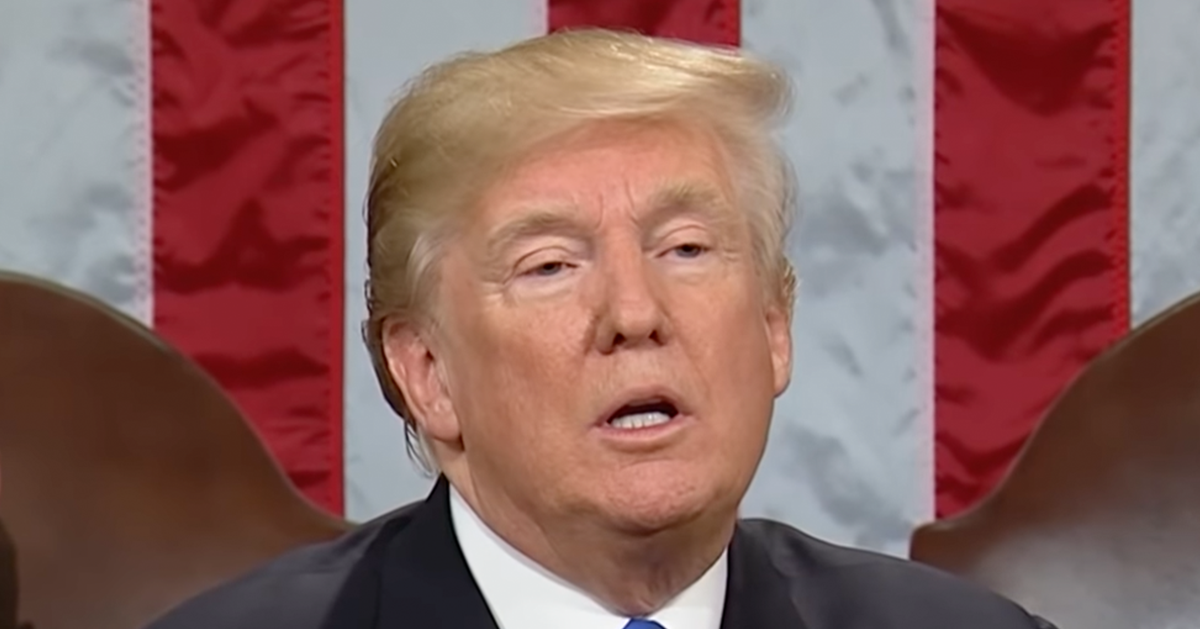Liberal Commentators Cast Doubt on Cable News' Relevance in Social Media Era
Traditional news platforms are facing an existential crisis as more Americans, especially youthful consumers, turn to social media personalities for their daily news.
On MSNBC’s Morning Joe, more than one prominent liberal highlighted the alarming trend of Americans, notably younger generations, seeking news from social media influencers instead of traditional outlets, as Breitbart reports.
Mike Barnicle, a seasoned contributor to Morning Joe, joined the panel and expressed concerns about the diminishing role of cable news in the contemporary landscape.
Younger Audiences Seek News on Social Media
Mika Brzezinski, a co-host on the program, brought attention to new findings which suggest that a significant portion of adults are now acquiring their news from influencers on various platforms. She noted that approximately 20% of adults regularly do just that.
Even more striking was the revelation that nearly 40% of young Americans, those under 30, prefer online influencers over mainstream journalism.
The Pew Research Center provided a deeper look into these shifting dynamics. As revealed in the research, a particular social media platform known as X has emerged as the most frequented site for news.
This platform's popularity is closely followed by Instagram and YouTube, indicative of the evolving ways information is being disseminated and consumed.
Joe Scarborough, another of the show's co-hosts, underscored the pressing challenge for mainstream media entities to maintain a foothold with audiences in this rapidly evolving news ecosystem.
Scarborough highlighted the changing nature of the media landscape, pointing out that even individuals who might not traditionally be in the news business, like a basket-maker, can sway public opinion in today's world.
A Challenge for Traditional Media Outlets
Barnicle emphasized the daunting nature of this challenge, expressing doubts about traditional news platforms' abilities to compete with the brief, engaging content often shared on social media. He speculated on the difficulties faced by mainstream outlets, which have historically thrived on longer, more in-depth reporting formats.
In a candid reflection, Barnicle shared his uncertainty about how established media can catch up with the brief, impactful snippets that characterize much of today’s news consumption. He painted a picture of the modern consumer: multitasking, walking with coffee in one hand, phone in the other, glued to these quick updates.
The tension between traditional news and the speed of digital information was evident in the conversation. Morning Joe contributors highlighted that the battle is not just for relevance but also for attention in a world where every second counts.
Bridging the Gap Between Old and New
Finding a solution to bridge the gap between traditional media and social media remains a formidable task. As Scarborough noted, media professionals like Barnicle, who started their careers in traditional newsrooms, face an entirely new set of challenges in the digital age.
The panelists on Morning Joe acknowledged that maintaining trust and relevance in media requires innovative approaches. They suggested exploring ways to integrate the dynamic engagement of social media with the rigorous standards of journalism.
Rumination on the adaptation of media emphasizes the need for a balance that attracts young audiences while maintaining the core values of journalism. Despite the challenges, there is a possibility for synergy between established newsrooms and the vibrant world of social media content creators.
A Call for Reflection, Innovation
As news ambassadors like Barnicle reflect on these changes, the call to action for traditional media outlets becomes clear. Industry leaders must innovate to retain their place in the news ecosystem, ensuring they provide content that resonates with an audience increasingly accustomed to instantaneous news.
The challenge is not an insurmountable one, but it demands change. This change entails redefining relevance not only for older audiences accustomed to traditional news but for the younger generations whose news habits are shifting dramatically.
Ultimately, the path forward lies in understanding and leveraging the strengths of both traditional and social media. This ensures that the core tenets of journalism continue to guide public discourse in an increasingly interconnected digital world.



